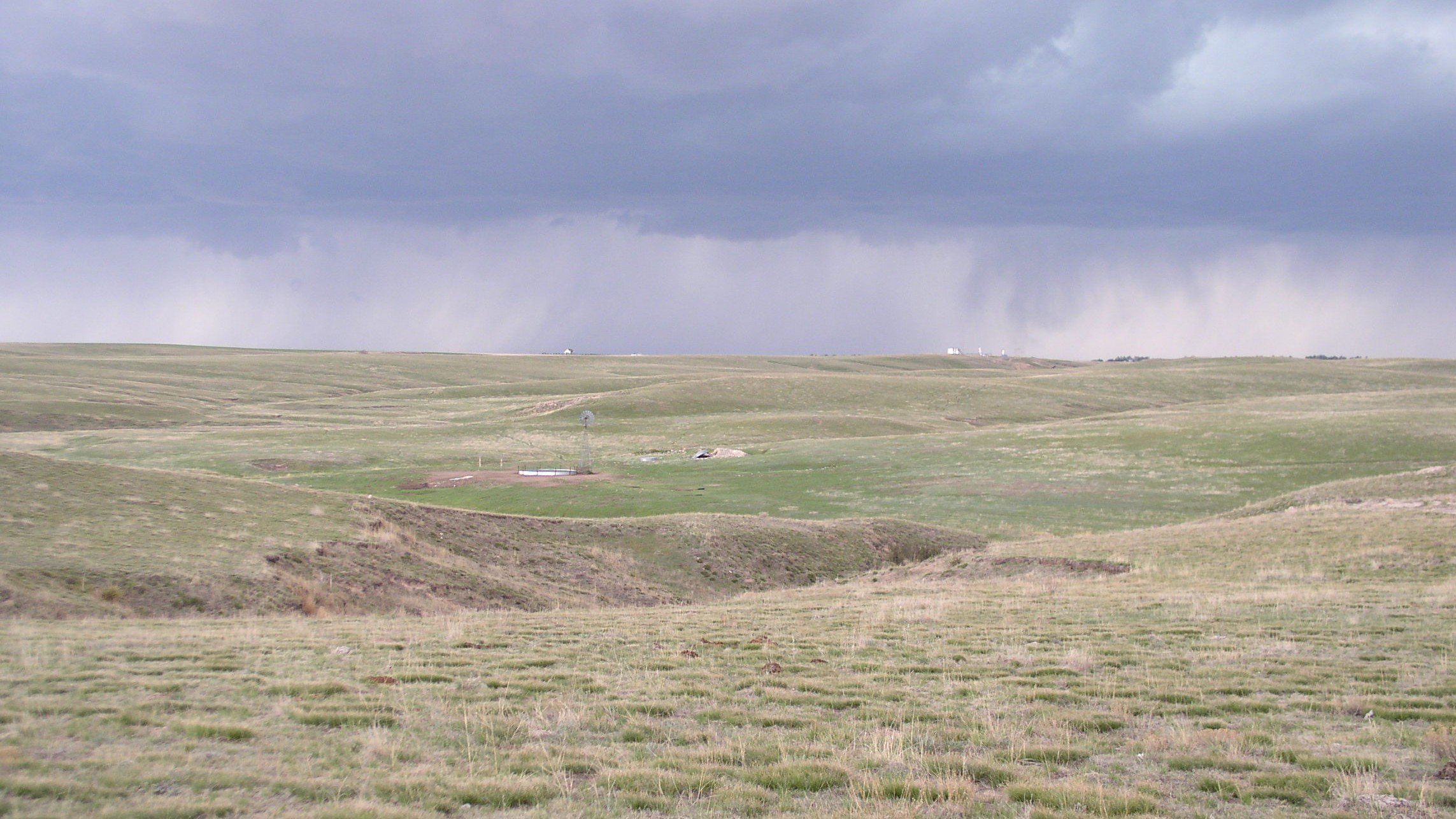
Range and Soil Resource
Agriculture in the South Platte Natural Resources District dominates the economy of the District (Cheyenne, Deuel, and Kimball County) and its importance strongly relates to the need to enhance the District’s natural resources. Non-irrigated croplands are the largest land use, followed by rangeland and irrigated cropland. The District’s 1,656,314 acres consist of 1,639,061 acres in farmland of which 1,168,410 are cropland (103,827 acres being irrigated) and 436,157 acres are rangeland, according to the 2017 U.S. Census of Agriculture which is the latest statistic available.
There are two distinct regions that characterize our District. The Upland Plains makes up the largest portion; and the Platte Valley Lowlands makes up the area along the Lodgepole Creek Valley and the South Platte River. The main hazards affecting the soils on the Upland Plains are drought, soil blowing and water erosion compared to the Platte Valley Lowlands which has predominantly more fertile soil.
Although not as fragile as the rangeland in the Sand Hills, the District’s range and pastureland are in need of proper grassland management. The planned grazing systems is in cooperation with funding from the Nebraska Soil and Water Conservation Program (NSWCP), that helps cooperators to reduce soil erosion, improve water and soil quality, improve plant coverage, grazing uniformity, improve wildlife population and promote teamwork.
The SPNRD also works with the Sediment and Control Program that utilizes policies to accelerate the rate at which additional conservation land treatment is applied to the land and strengthen the District’s efforts in erosion and sediment control. The program also addresses current problems and develops a revised course of action aimed at our goals.
This program was established for filing and processing complaints concerning land and erosion exceeding the soil loss limits established by the District. The second component of the program is the District’s comprehensive and coordinated erosion and sediment control programs. The complaint process will serve as a significant part of these comprehensive, coordinated programs, but the positive efforts that are generated by the programs will also be necessary to meet the objectives of the Act and the goals established herein.
The plan includes the District’s soil loss limits, recommended erosion and sediment control practices, and soil and water conservation practices and programs, procedures, and methods the District will use to implement the program. The cooperation of the Natural Resources Conservation Service (NRCS) has been essential to the program.
Wind and water erosion affecting soils within the South Platte NRD, land conservation practices are encouraged, and in many cases, cost share assistance helps offset costs to implement land treatment practices.
When soil erosion becomes a threat to neighboring property, Districts have the legal authority to mediate a solution under the Erosion and Sediment Control Act. The Act was developed in 1986 when the Nebraska Legislature recognized serious erosion and sedimentation problems throughout the state. At the time a number of land-disturbing activities had caused excessive wind erosion and water runoff and accelerated the process of soil erosion and sediment deposition. That resulted in the pollution of the waters of the state and damage to domestic, agricultural, industrial, recreational, fish and wildlife, and other resources.
The state’s goal was to strengthen and extend erosion and sediment control activities and programs of the state for both rural and urban lands, to improve water quality, and to establish a statewide, comprehensive, and coordinated erosion and sediment control program to reduce damage from wind erosion and storm water runoff, to retard nonpoint pollution from sediment and related pollutants, and to conserve and protect land, air, and other resources of the state.
Implemented through the Director of Natural Resources and the Nebraska Natural Resources Commission, the legislation specified the program would be carried out by the natural resources districts in cooperation with counties, municipalities, and other entities.
In 1987, the SPNRD board of directors adopted the District Erosion and Sediment Control Program, designed to reduce soil erosion in the District to tolerable levels.
Soil Protection
Photo by Kristin Dickinson
